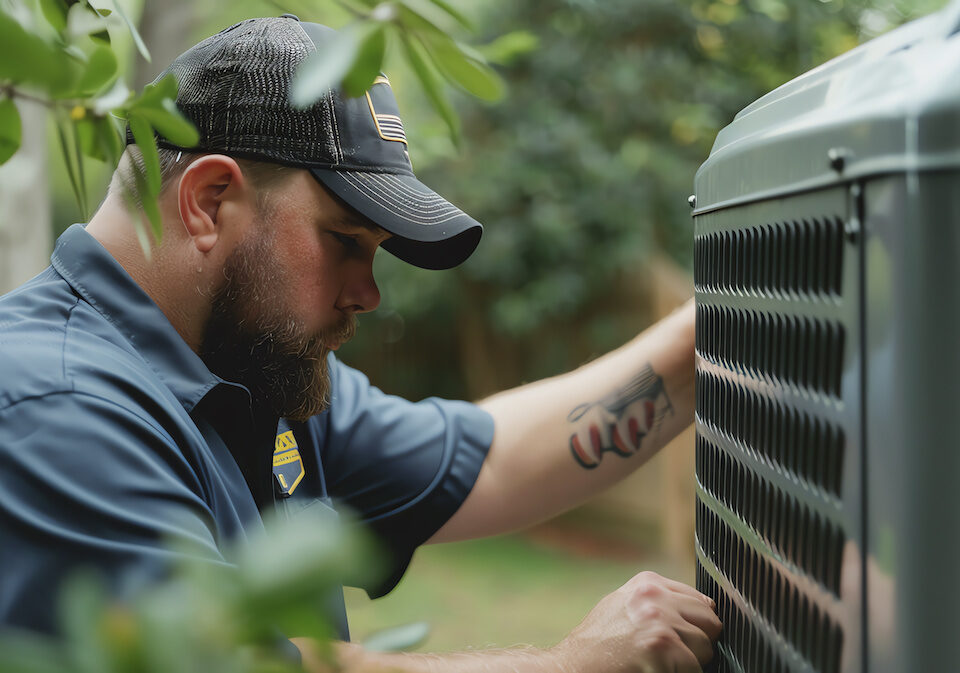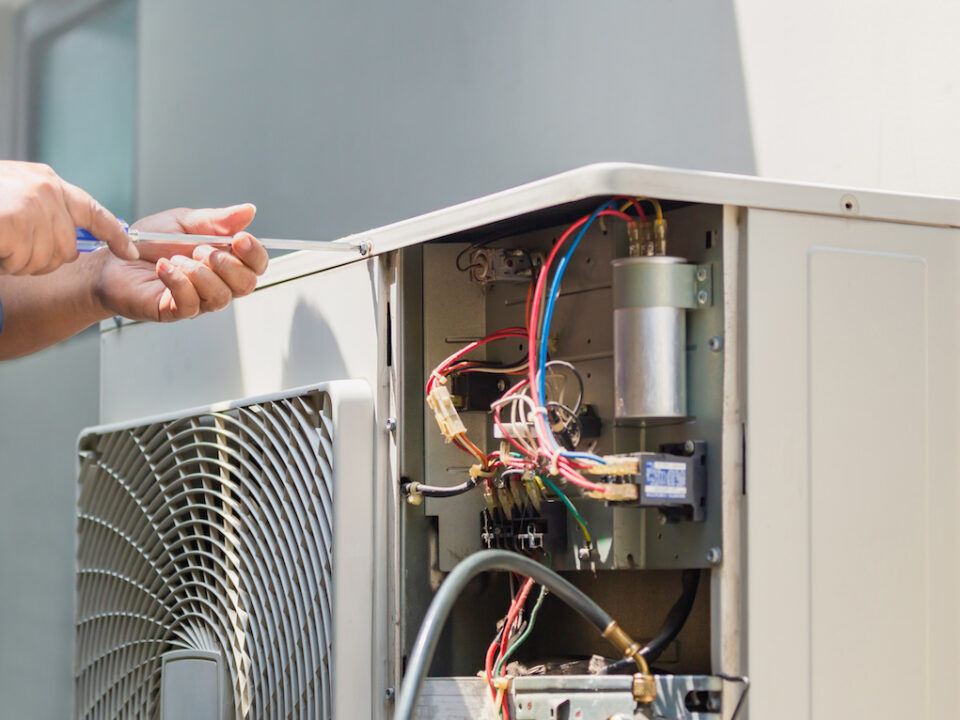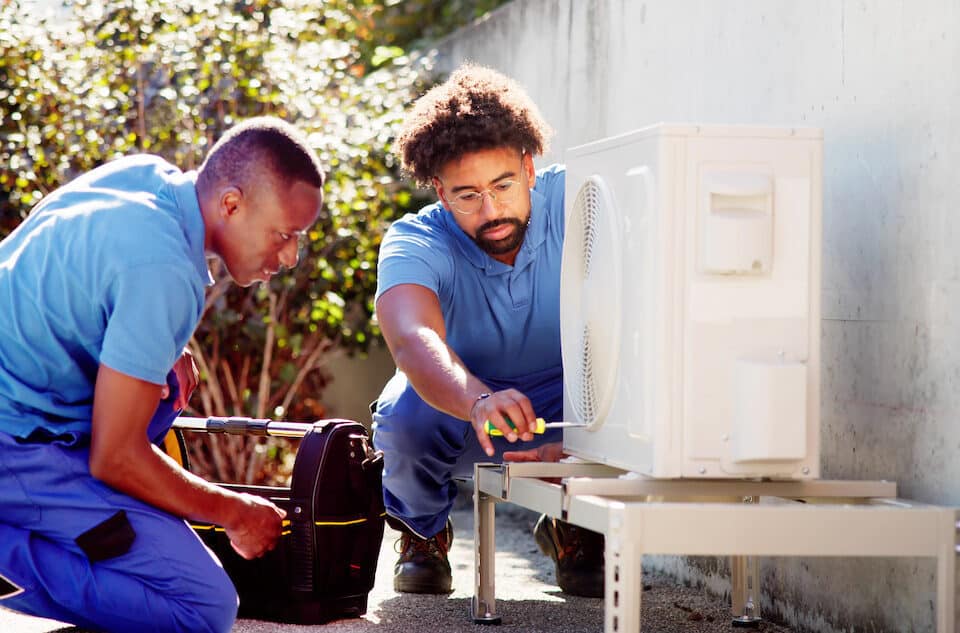HVAC Troubleshooting Tips

What are 5 HVAC Troubleshooting Tips Homeowners Should Know?
It’s a sunny summer day when out of nowhere, your AC stops working. The panic sets in. And all you can think about is how to get relief from the brutal heat in the quickest way possible. But, you’re not alone if the thought of HVAC troubleshooting is overwhelming to you.
With an endless list of possible problems, it’s difficult to know where to start.
Here are just a few of the most common HVAC issues:
- Clogged filters and vents
- Thermostat malfunctions
- Uneven room temperatures
- Low efficiency
- Water or refrigerant leaks
- Damaged coils or other components
There is no need to stress– TRUST Heating and Air has provided five HVAC troubleshooting tips to help you diagnose your AC issue.
Read on to know what you can do if your HVAC unit is no longer working efficiently.
5 HVAC Troubleshooting Tips for Any Homeowner
If AC problems have you worried about a hefty maintenance bill, know that there are some inspections you can first try yourself. So, before calling the pros, start with these HVAC troubleshooting tips that all homeowners should be familiar with. You’ll be surprised at what you can do to investigate the issue.
1 | Reset Your Unit
A perfect place to begin your HVAC troubleshooting is to reset the system. In order to reset your unit, you’ll need to know if the machine has a reset button. HVACs without this button will need to be reset manually.
Automatic Reset Button
Some HVACs are equipped with an automatic reset button. Your unit’s button will likely be an obvious red key or switch found on the main machine outside of your home or indoors. When you press this button, the HVAC system will temporarily shut down and power back up on its own.
Once the unit is back up and running, set your thermostat to the desired temperature. After a few minutes, check the airflow by holding your hand near one of the vents in your home. If the vent is producing a steady current of cool air, your HVAC should be on its way to working well once more.
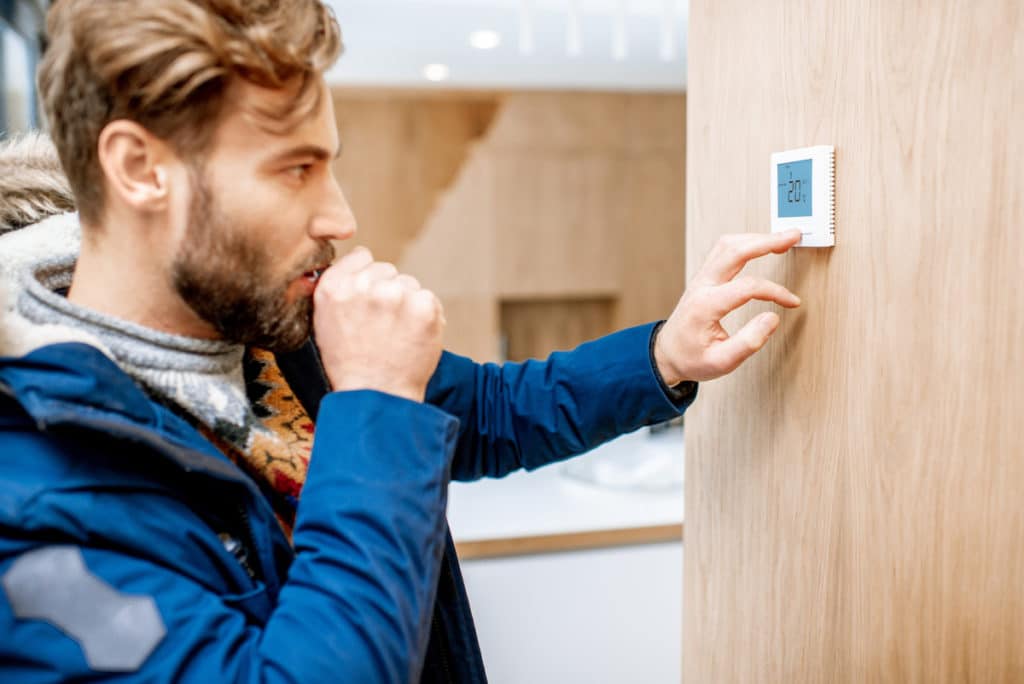
Manually Resetting Your HVAC System
If your unit does not come with an automatic reset button, follow these steps to reset the system:
Step One: Turn off the airflow through your thermostat.
Step Two: Shut down the machine using the power-off switch found on your main unit.
Step Three: Locate your breaker box and flip the breaker switch that runs your AC unit to shut off all power to the system.
Step Four: Wait 60 seconds and flip the breaker switch back on.
Step Five: Wait another 60 seconds, allowing your HVAC to fully reset, then turn the airflow back on using the thermostat.
Step Six: After a few minutes, check the airflow by holding your hand up to a vent in your home.
If you often need to reset your system, your HVAC may be having more severe issues. If this is the case, it is best to call the professionals.
2 | Replace the Filter
A dirty or clogged air filter could be causing the trouble you’re experiencing with your HVAC unit. That’s why checking your filter is an essential step to at-home HVAC troubleshooting.
However, if you consistently change your filter, you shouldn’t run into this issue. When the filter is clogged with debris, the unit tries to push air through, overworking the machine. An old air filter can cause your HVAC to work much harder than it needs to.
In general, experts recommend that you change the air filter on your HVAC system every 45 days for maximum efficiency. Although for the average home, air filters should be replaced every 90 days, at minimum.
If you or your family members struggle with allergies, switching out your air filter more often can be beneficial, especially for a dust or pollen allergy.
But not to worry- this is an easy fix!
Simply replace the old filter with a new one. Be sure it is the correct size for your unit, or your machine will continue to work inefficiently.
3 | Is it Your Thermostat?
Are you still struggling with HVAC troubleshooting?
Checking on the functional status of your thermostat is key to finding the main issue with your AC unit. Start by changing some of the settings. For example, turn your fan setting from “auto” to “on” and see how your HVAC responds. After a few minutes, check to see if the vents in your home are pushing out cool air.
Another tip you can try is turning the temperature up or down by just a few degrees. Wait some time and observe the performance of your unit.
4 | Make Sure All Vents and the Condenser Fan are Clear and Intact
Clogged or damaged vents cause many AC problems. While you are HVAC troubleshooting, ensure that both the vents throughout your home and the condenser fan found on your unit are free of dust and other debris.
Follow these simple steps to safely and properly clean out the vents in your home:
Step One: Remove the cover from the vent. Some covers will easily slip off the vent, but you will need a screwdriver for others. Wear goggles and a mask to prevent dust from falling into your eyes, nose, or mouth. And for now, set the cover to the side.
Step Two: Prepare soapy water to soak your vent covers. They can get pretty grimy, so you’ll want to remove the caked-on dust and particles. In a container, add a small amount of dish soap to warm water.
Step Three: Soak the vent cover in your soapy water solution. After about 15 minutes, remove the cover and dry it immediately with a lint-free cloth.
Step Four: Vacuum out the vent duct. You can complete this step while your vent cover is soaking. Simply vacuum the nearest parts of the inner duct. There is no need to attempt to clean deeper into the vent. In fact, it can be dangerous to do this on your own. If you suspect your ducts need an in-depth cleaning, call the HVAC experts.
Step Five: Place the cover back onto the vent, then check to see if the airflow has improved.
Finally, check for any damages like dents or rusted metal. If your vents or condenser fan are damaged, it may be causing your AC not to work properly. Give your local heating and air experts a call to get these parts replaced as soon as you can.
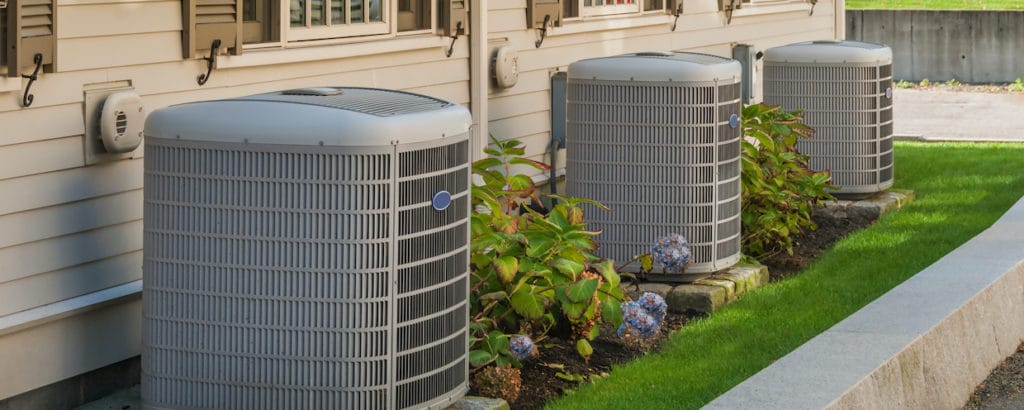
5 | Know When to Call the HVAC Experts
When it comes to AC systems, sometimes diagnosing the problem requires the right tools and expertise. If you’ve attempted all of the HVAC troubleshooting tips we have suggested, but your unit is still not working correctly, it’s time to call in the professionals.
Not to mention, handling your HVAC system comes with many safety precautions and can be risky if you don’t know quite what you are doing.
So, if your home AC unit continuously fails to run correctly, call the HVAC technicians you can trust.
TRUST Heating and Air Will Get the Job Done Right
Our technicians know just what to look for when inspecting your HVAC unit and all its components.
When we come out to inspect your AC, you will meet our friendly technicians, and they will leave you with a longer-lasting and clean running system. What’s more, we will advise you on how to ensure your system keeps running as long and as well as it can.
Contact our friendly staff to talk about our services in greater detail and schedule an estimate appointment.
Keep your AC and heat running in tip-top shape with TRUST Heating & Air.

